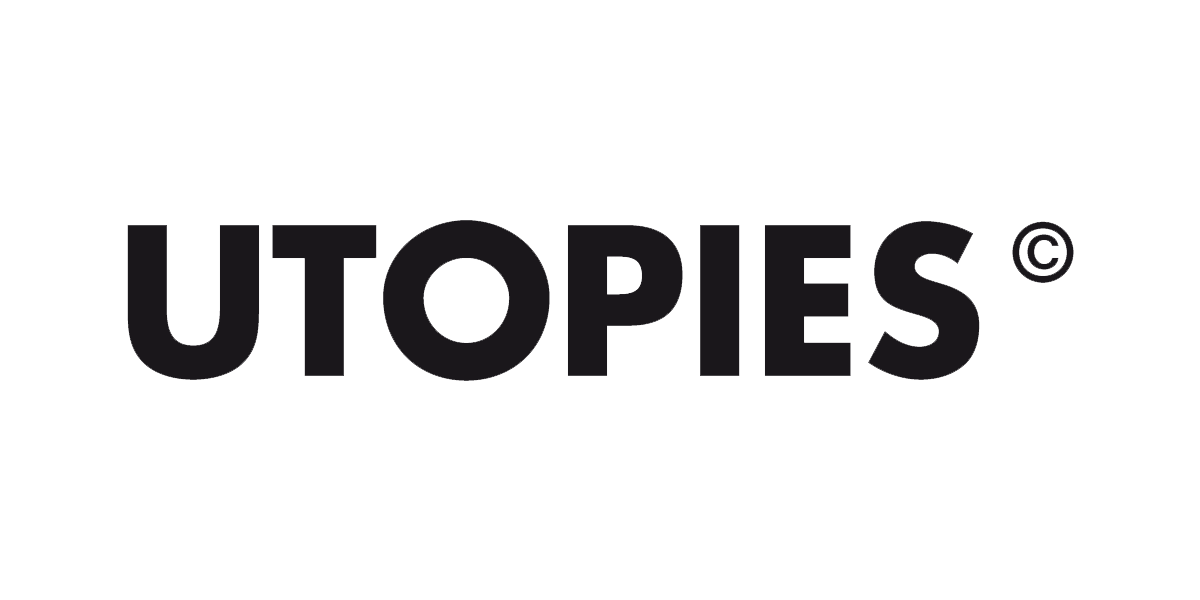



Score Diversité & Inclusion
77/100
79%
73%
79%
64%
82%





Principaux indicateurs diversité et inclusion

Transversal
*ND = Non disponible
Genre
*ND = Non disponible
Handicap
*ND = Non disponible
Multi-culturel
*ND = Non disponible
Multi-générationnel
*ND = Non disponible
LGBTQIA+
*ND = Non disponible